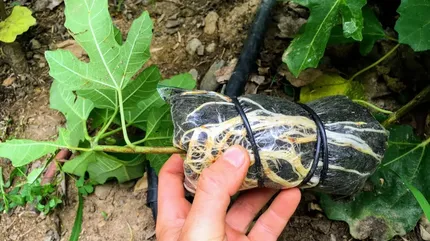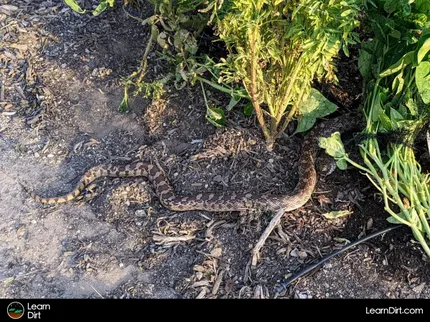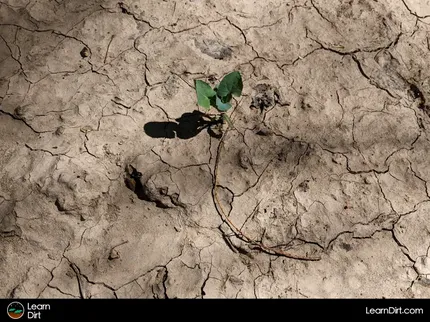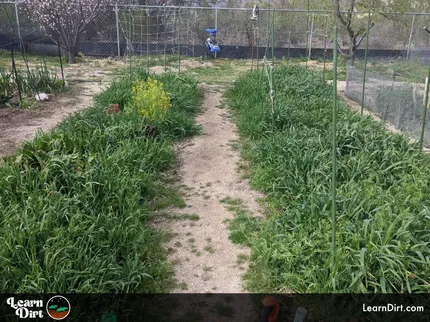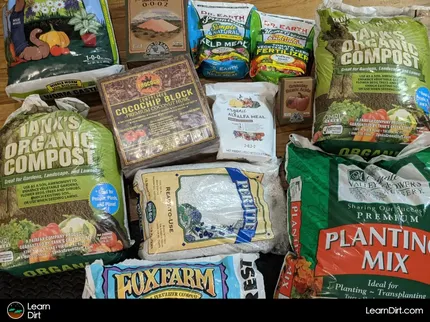Table of Contents
- What Are Sweet Potato Slips?
- How to Make Sweet Potato Slips
- How to Plant Sweet Potato Slips
- Harvesting Sweet Potatoes
* Our articles never contain AI-generated slop *
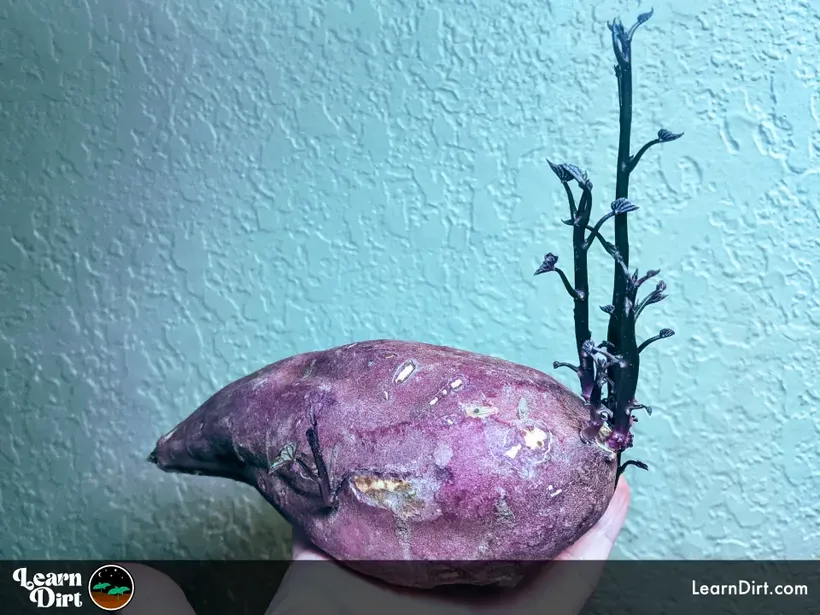
The sweet potato above is sprouting new shoots after a number of months sitting in the kitchen at room temperature. Healthy sweet potatoes will automatically sprout, though this one took over 6 months before it did so be patient.
What Are Sweet Potato Slips?
Slips are the primary way that gardeners propagate sweet potatoes.
Sweet potato slips are essentially new growth tips which grow as shoots from a sweet potato.
Disclaimer: This post may contain affiliate links. Refer to the privacy policy for more information.
Because a whole sweet potato has far more stored energy than a seed does, they're capable of pushing out numerous long hearty shoots as slips and allow you to propagate faster and healthier plants than trying to grow from seeds.
That's why slips are the go-to method for sweet potato propagation.
How to Make Sweet Potato Slips
While you can buy slips that are ready-to-go, sweet potatoes will often sprout on their own if left in a dark cupboard. If you've got the time to wait, they'll even sprout sitting on a countertop.
Sprouting Sweet Potatoes
Not every sweet potato will sprout, though, so it's worth grabbing a few from the farmer's market or grocery store. Make sure they're organic, so that they aren't sprayed with any growth inhibitor.
You'll often see tips for suspending a sweet potato (or half a potato) in a jar of water with some toothpicks. While this does usually work, nothing beats the soil method:
-Lay your sweet potato on its side, and half-bury it in soil.
Join The Grower's Community
A free & open space for anyone who is passionate about cultivation 🌱
Check It Out!
-Put your sweet potato in a sunny location. A window sill is fine if it gets enough sun. A very strong grow light works even better.
-Water the soil every few days as it dries out, and be patient. Your sweet potato will sprout within a few weeks.
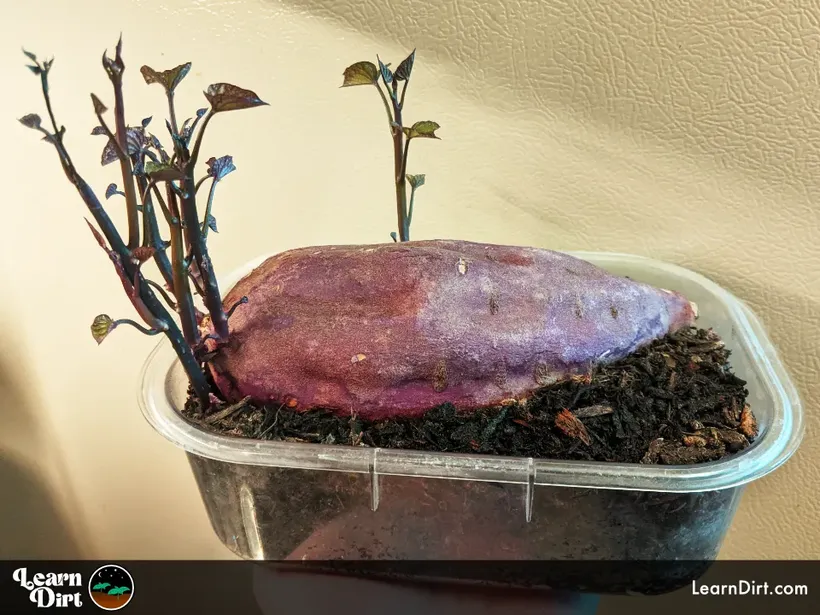
Rooting Sweet Potato Slips
Once the shoots grow long enough on your sweet potatoes, you can snip them and stick them in a jar of water in a sunny place to root:
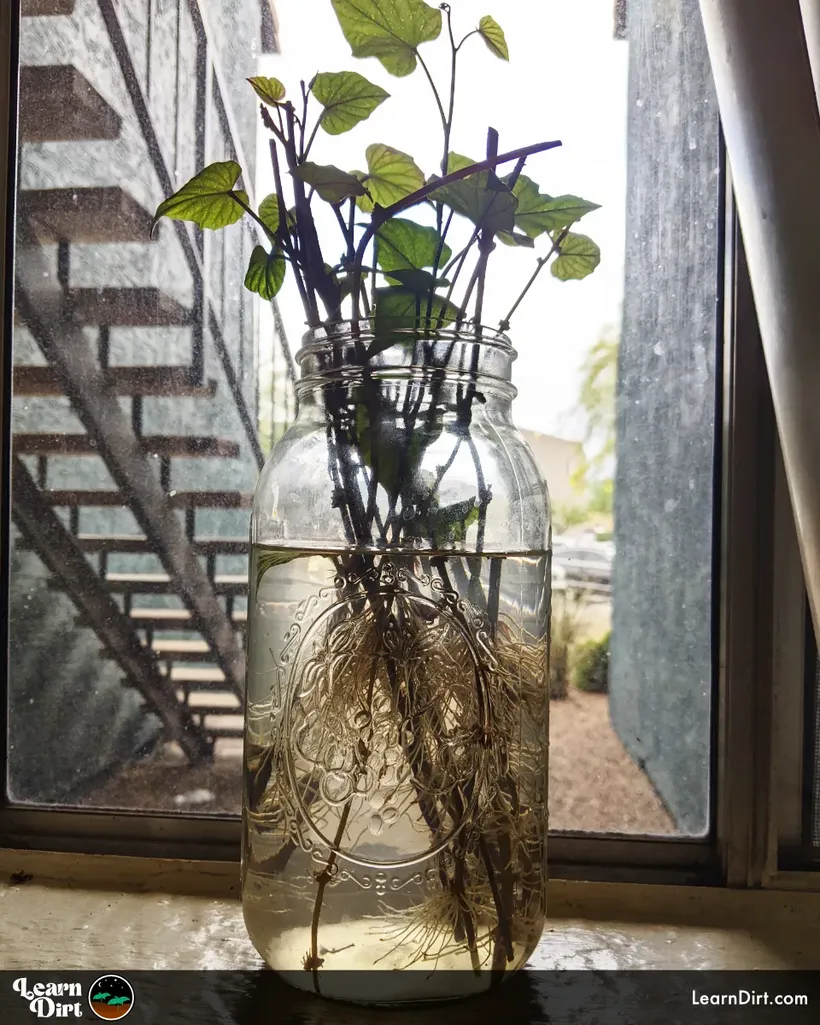
Any part of the slip submerged in water for a few days will put out roots.
Wait until about 2 weeks before you're ready to plant your slips in the field before snipping them off the tuber and putting into water to root.
Rooting does not take long, and roots will become tangled if you leave them in water for more than a couple weeks.
A sunny window sill is perfect for rooting your slips, but an indoor grow light will work even better.
How to Plant Sweet Potato Slips
After your slips have rooted, you can plant them directly in the ground making sure they are at least 2-3" deep. They can be planted much deeper than this if you've got a thick layer of mulch on your soil, that's no problem.
Keep the sweet potato slips watered well for the first week after planting in the field. All those roots need to stay moist to become established.
Sweet potatoes may grow slowly at first, especially if not given enough water. They'll pick up within a few weeks and start creeping across the ground if water is adequate.
If you notice your sweet potato slips aren't growing after a few weeks in the field, water is likely the issue. I've seen sweet potatoes sit for months in the field with zero new growth on an under-supplied irrigation system. After correcting the water duration and interval, the sweet potatoes immediately took off.
Timing
Aim for planting at the start of your 4 hottest months.
If you're in Southern Arizona like me, we plant our sweet potato slips in late-April through the end of June as temperatures begin to rise. We can also plant a second round with the monsoon rains in July and August.
Sweet potato is a hot season crop, and thrives here in Arizona straight through the brutal summer heat.
I've had poor luck with shade cloth over my sweet potatoes, and find they prefer full intense sunlight all summer long. They don't need protection or shade but they do need adequate water.
In cool climates you can still try them, however they really need the heat and sun to thrive. Experimentation is key!
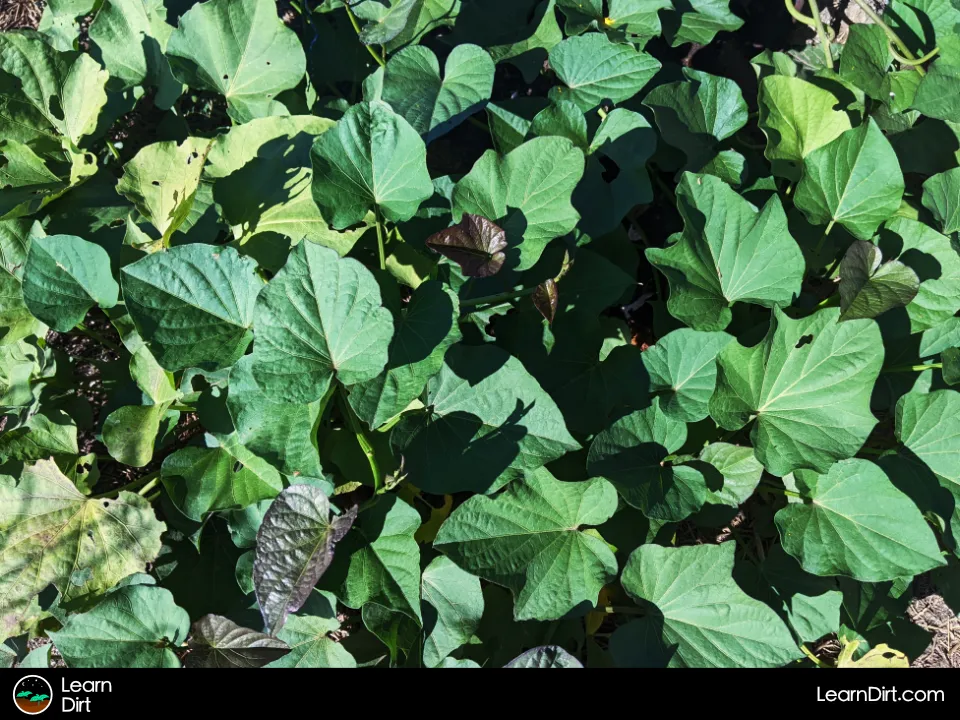
They help break up compacted soils, which is a great bonus. Utilize them as a tillage crop if your soil is heavily compacted.
Harvesting Sweet Potatoes
I find using a garden fork to be the best way to get underneath your buried sweet potatoes to dig them up.
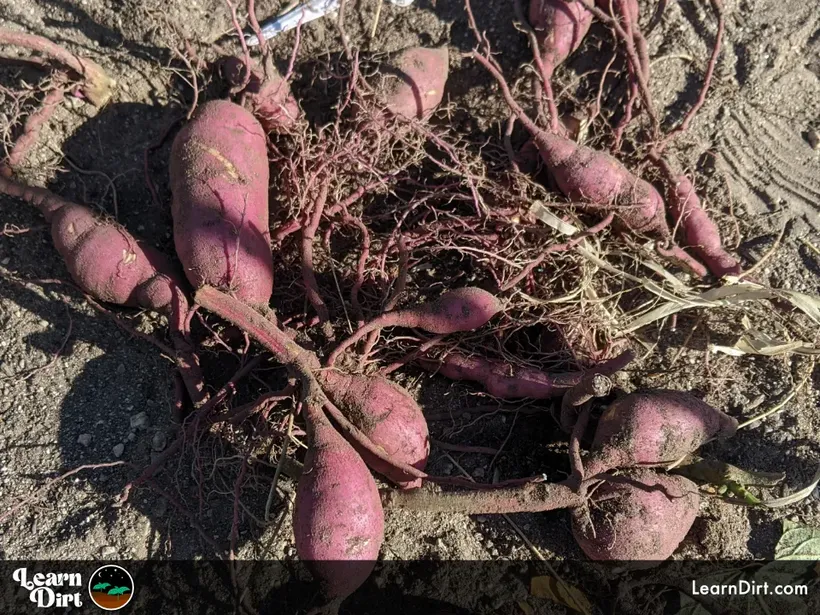
These will be cured before they're ready to use.
It's worth noting that harvesting sweet potatoes does require completely digging up a large area of the garden, so I would steer clear of planting them among other plants. They really do best in their own area where digging won't disturb everything else.
Once you've dug up all them hard-earned tubers, it's time to cure your sweet potatoes!
Have any sweet potato tips or tricks? We'd love to hear from you over on the forum. Happy gardening, y'all!
Dig Cool Merch?
That's all for now, thanks for reading!
If you have any questions, comments, or would like to connect with fellow gardeners, head on over to the forum and post there.




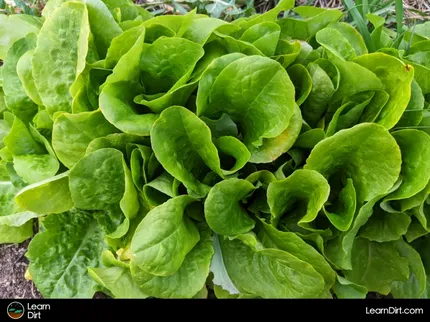

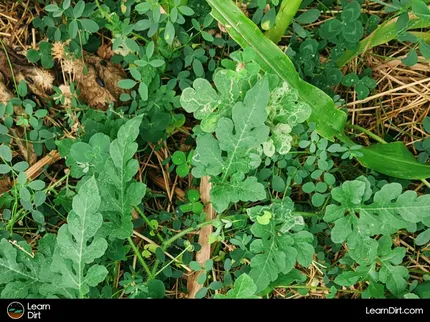


![Don't Till Away Your Carbon [Neon]](/media/product_images/dont-till-away-your-carbon-[neon]_sticker_260x260.png)

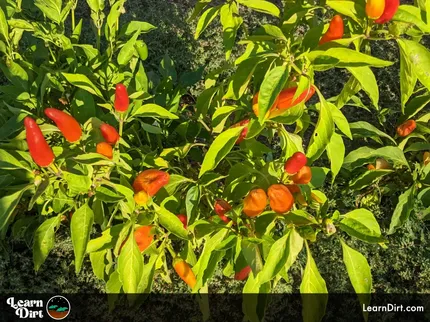
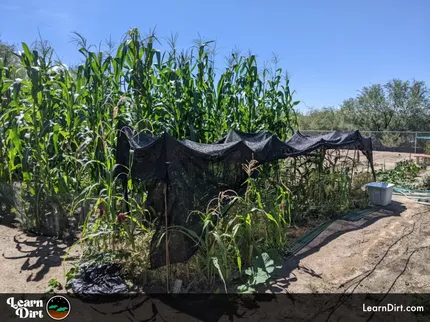
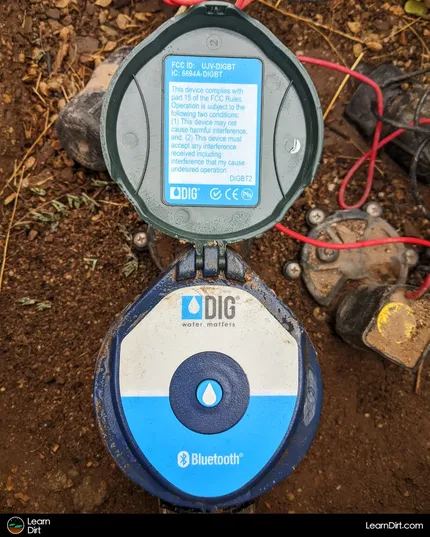
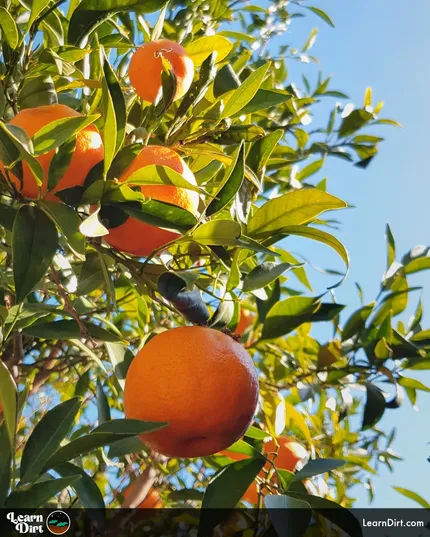

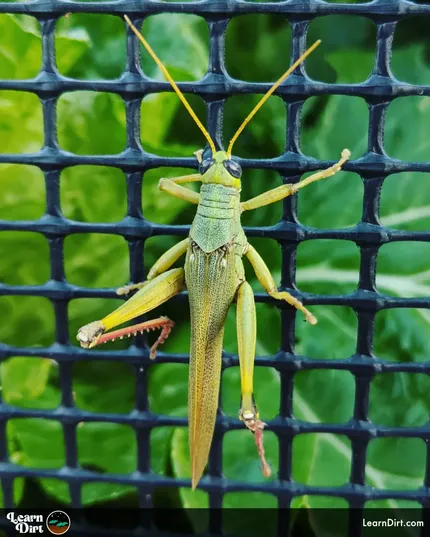
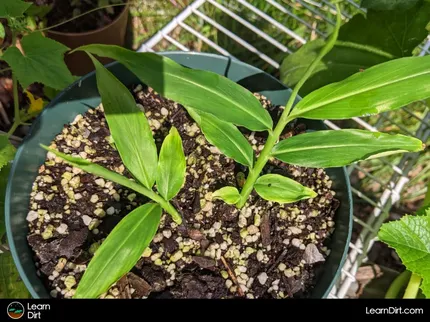
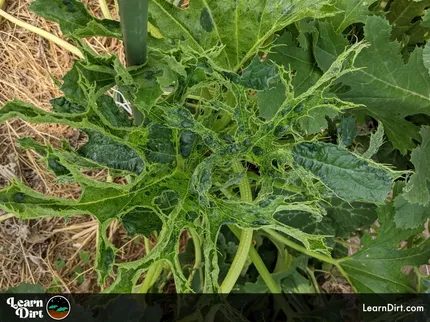


![Black Dirt Live Again [Blue] T-shirt](/media/product_images/black-dirt-live-again-[blue]_shirt_260x260.png)
![Black Dirt Live Again [Purple] T-shirt](/media/product_images/black-dirt-live-again-[purple]_shirt_260x260.png)
